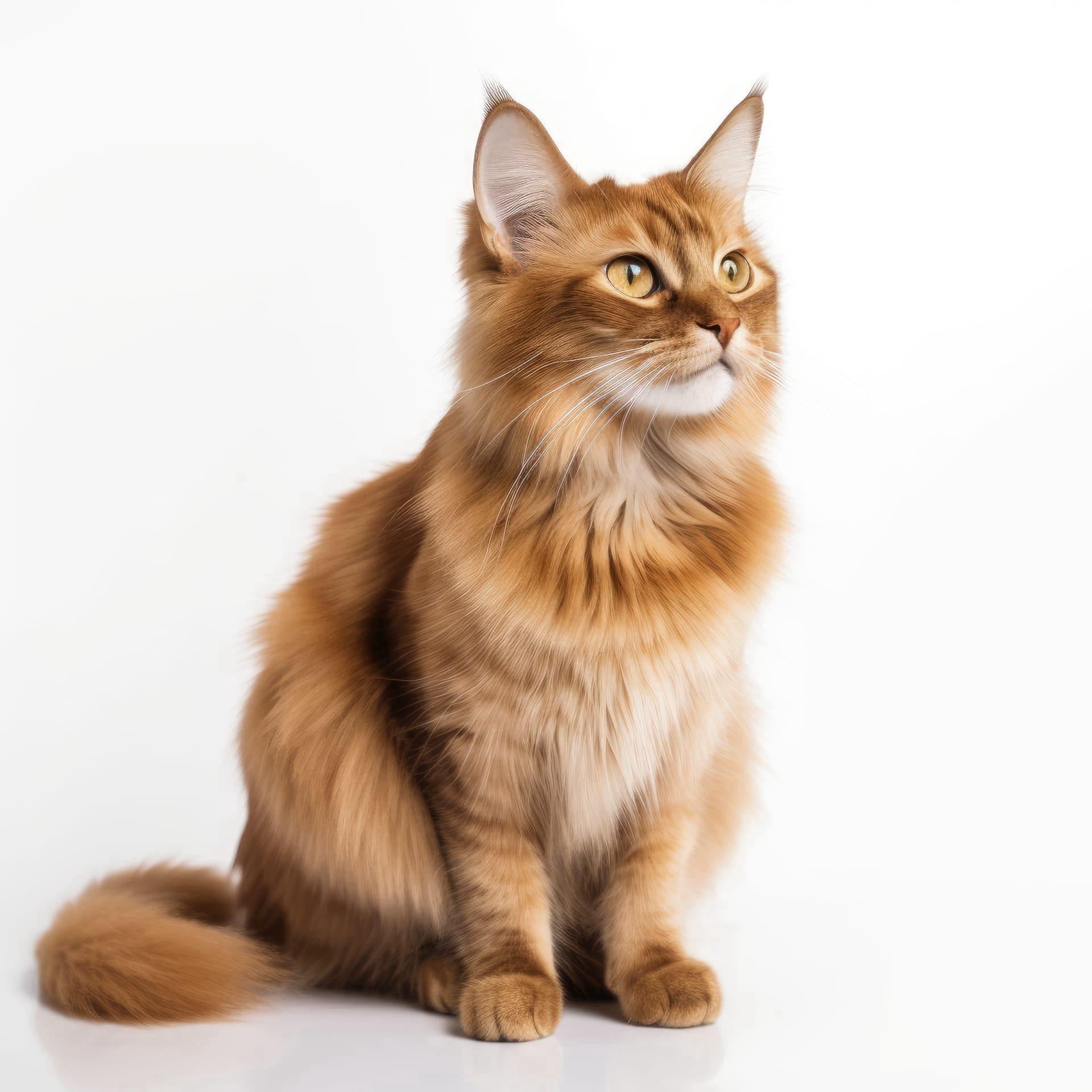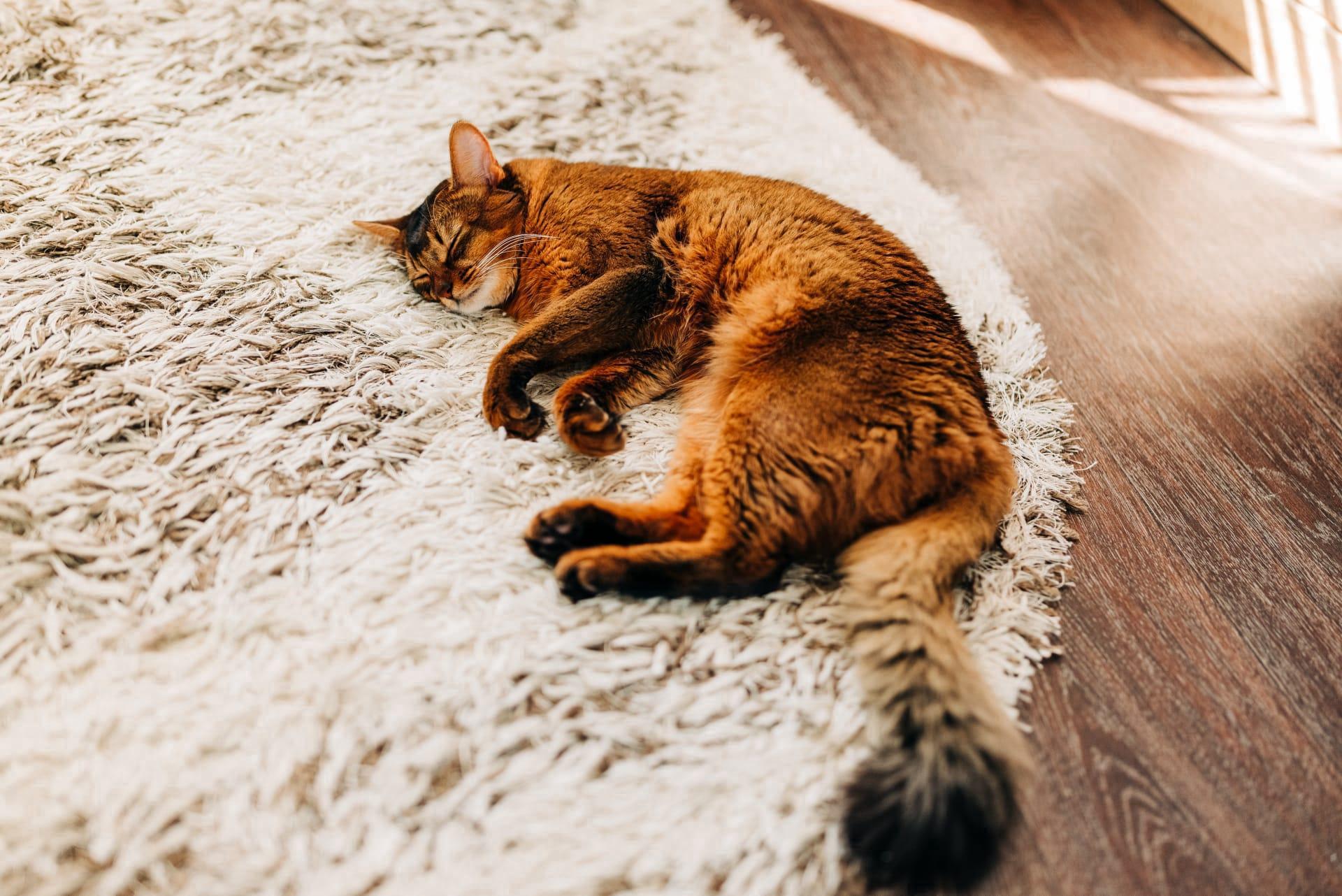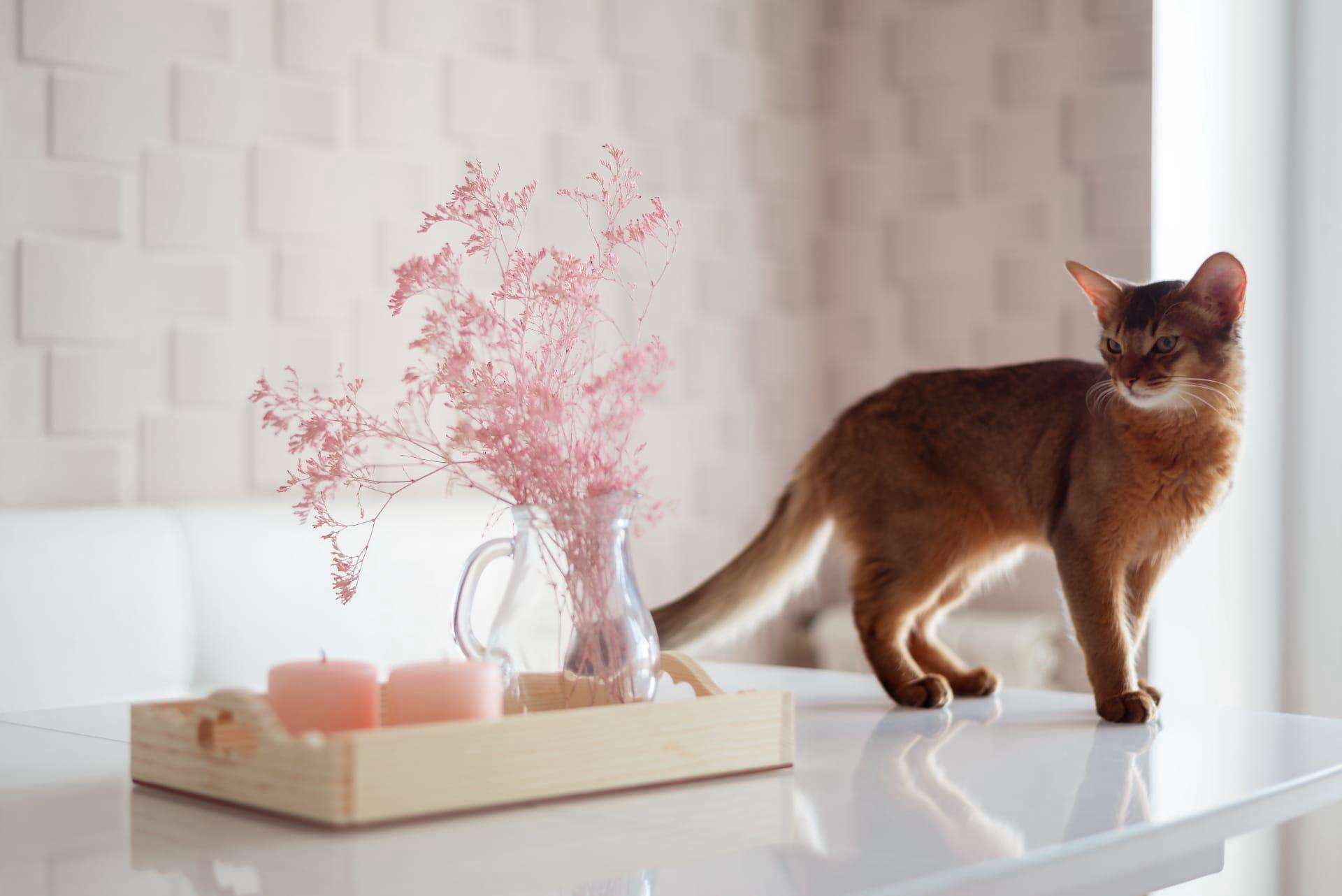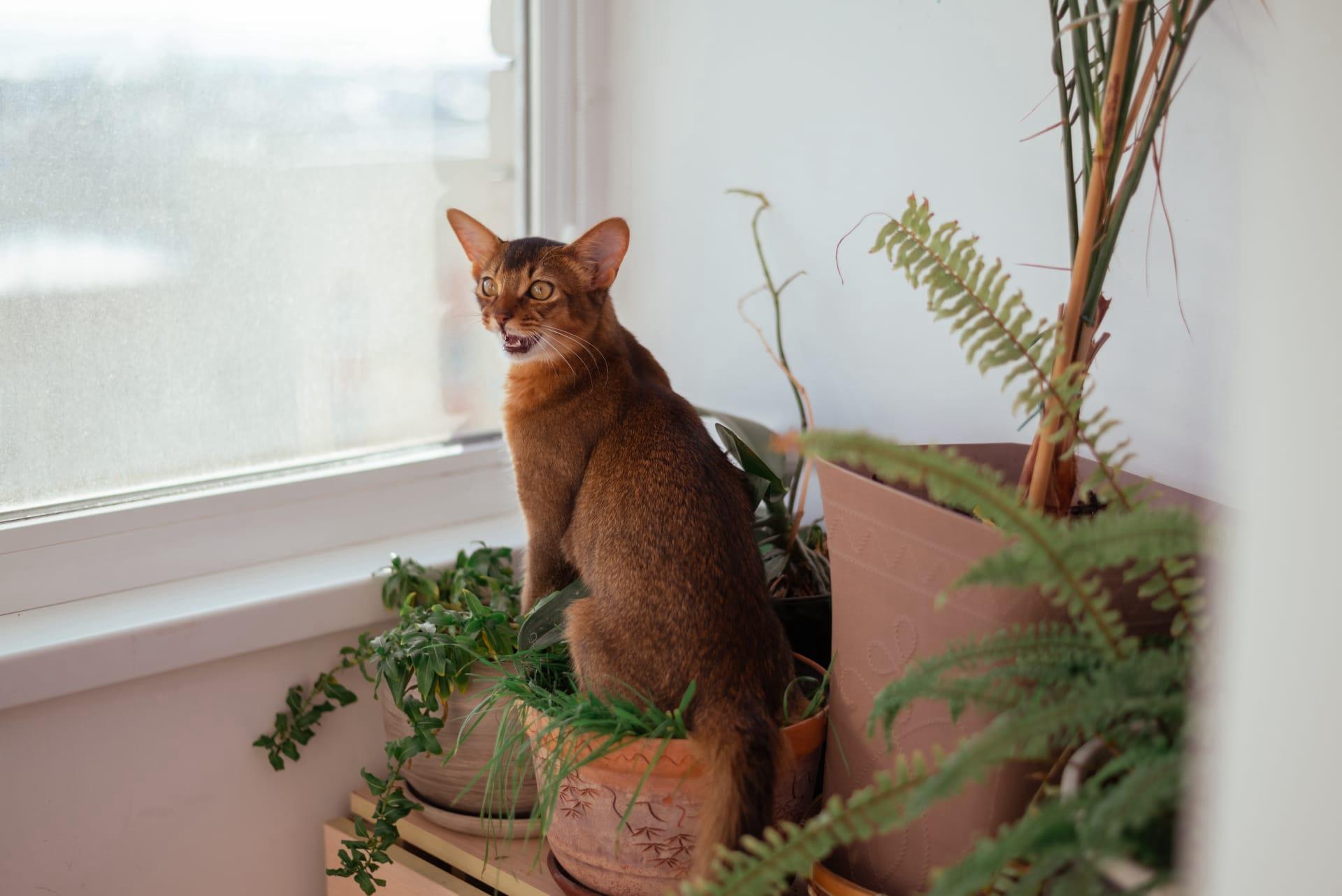Somali Cat Trivia
- Home /
- Trivia Question /
- Animal /
- Somali Cat Trivia
1
Question: What unique physical feature distinguishes the Somali cat from other breeds?
Answer: The Somali cat is renowned for its luxurious, bushy tail, which has earned it the affectionate nickname "the fox cat." This breed exhibits a striking, ruddy ticked coat, where individual hairs are banded with multiple colors. Their large, almond-shaped eyes range in color from green to gold, enhancing their expressive faces. Adult Somali cats typically weigh between 6 to 10 pounds (2.7 to 4.5 kilograms), combining elegance with a muscular build.
Question: How did the Somali cat breed originate, and when was it officially recognized?
Answer: The Somali cat breed originated from long-haired kittens born to Abyssinian parents, which were initially considered a genetic anomaly. Breeders began to see the beauty in these long-haired variants and selectively bred them to enhance their distinct characteristics. The Somali cat was officially recognized in the 1970s by major cat registries. Its name, "Somali," was chosen to reflect its African heritage, as Somalia is a neighboring country to Ethiopia (formerly Abyssinia), the Abyssinian cat's namesake.

2
Question: Is it true that Somali cats are high-maintenance pets?
Answer: Contrary to popular belief, Somali cats are not overly high-maintenance. Their coat does require regular grooming, ideally a few times a week, to prevent matting and to keep it in pristine condition. However, they are relatively low-shedding compared to other long-haired breeds. Their playful and affectionate nature makes the grooming process a bonding experience rather than a chore.
Question: Do Somali cats require a special diet?
Answer: Somali cats do not require a special diet different from other breeds, but they thrive on high-quality cat food rich in protein. Like all cats, they benefit from a diet that matches their nutritional needs, which can include a mix of wet and dry food. Fresh water access is crucial. Treats should be given sparingly to maintain their optimal weight and health.

3
Question: How active are Somali cats, and what kind of play do they prefer?
Answer: Somali cats are highly active and playful. They retain a kitten-like demeanor well into adulthood, enjoying interactive play that stimulates their strong hunting instincts. They are fond of toys that mimic prey, such as feather wands or laser pointers, and enjoy puzzle toys that challenge their intelligence. Providing climbing trees and perches satisfies their need for high vantage points and physical exercise.
Question: Can Somali cats adapt well to living with other pets?
Answer: Yes, Somali cats are generally sociable and can adapt well to living with other pets, including dogs, as long as they are properly introduced and socialized from an early age. They appreciate companionship and can become good friends with animals that match their playful and friendly disposition. It's important to monitor early interactions to ensure a smooth transition and mutual respect among pets.

4
Question: What is the average lifespan of a Somali cat, and how can it be extended?
Answer: The average lifespan of a Somali cat is between 11 to 16 years. Extending their lifespan involves providing a balanced diet, regular veterinary check-ups, and ensuring they get plenty of exercises to maintain their health and vitality. Indoor living can protect them from common outdoor hazards, and mental stimulation is crucial to prevent boredom and stress.
Question: Are Somali cats vocal, and how do they communicate with their owners?
Answer: Somali cats are moderately vocal. They have a softer, more melodic voice compared to other breeds and tend to express themselves through chirps and trills rather than loud meows. They communicate their needs and desires to their owners through a combination of vocalizations and body language, displaying a high level of interaction and bonding with their human families.

5
Question: How does the Somali cat's coat change with the seasons, and what care does it require?
Answer: The Somali cat's coat undergoes seasonal changes, becoming thicker and fluffier during the winter months to provide extra warmth, and then shedding down to a lighter coat for summer. Seasonal grooming adjustments are necessary, with more frequent brushing during shedding periods to help remove loose fur and prevent hairballs. Their coat benefits from a balanced diet with the right nutrients to keep it shiny and healthy.
Question: What genetic health concerns are associated with Somali cats, and how can they be mitigated?
Answer: Somali cats are generally healthy, but like any breed, they can be prone to certain genetic conditions such as pyruvate kinase deficiency (an inherited hemolytic anemia), renal amyloidosis, and periodontal disease. Responsible breeding practices are crucial to minimize these risks. Regular veterinary check-ups, maintaining good dental hygiene, and a healthy diet can significantly contribute to preventing and managing these conditions, ensuring a long and healthy life for a Somali cat.